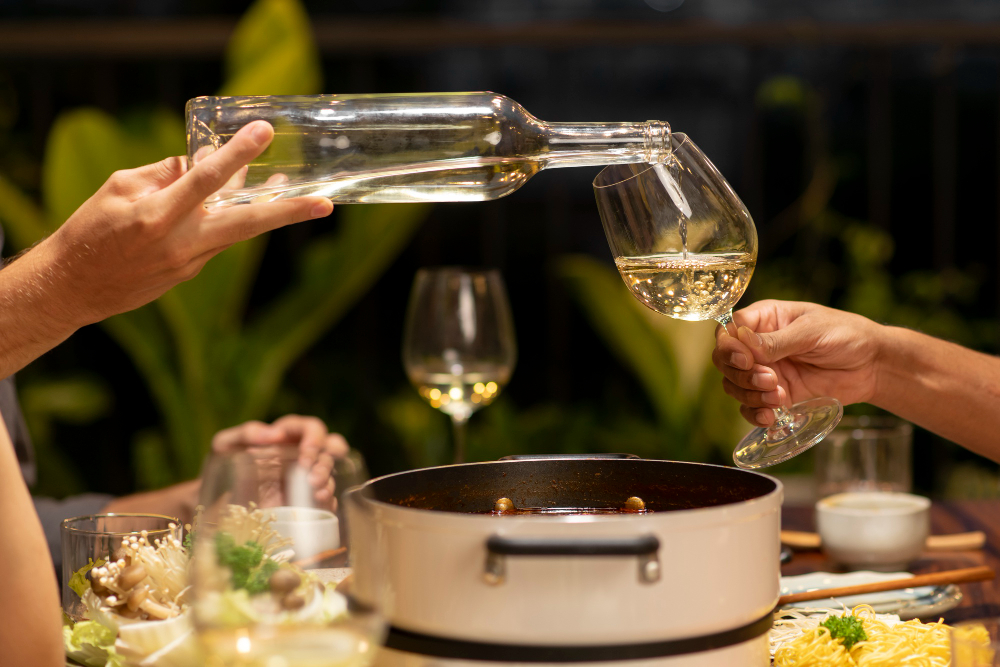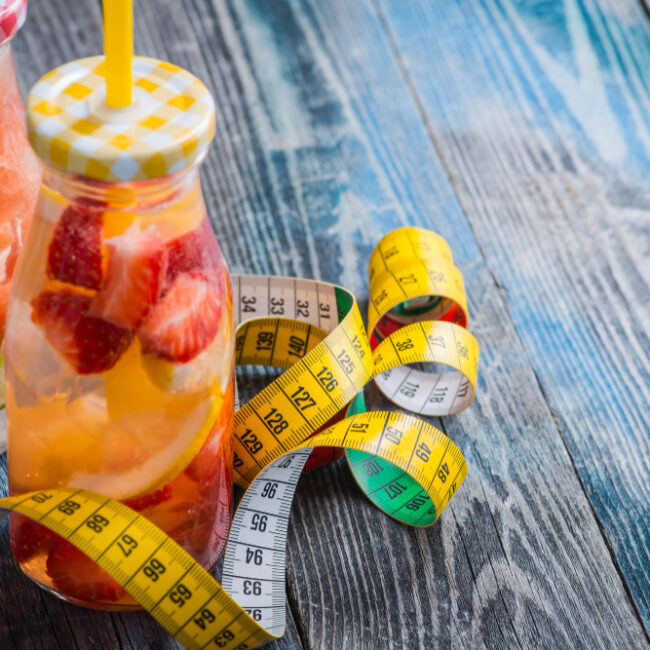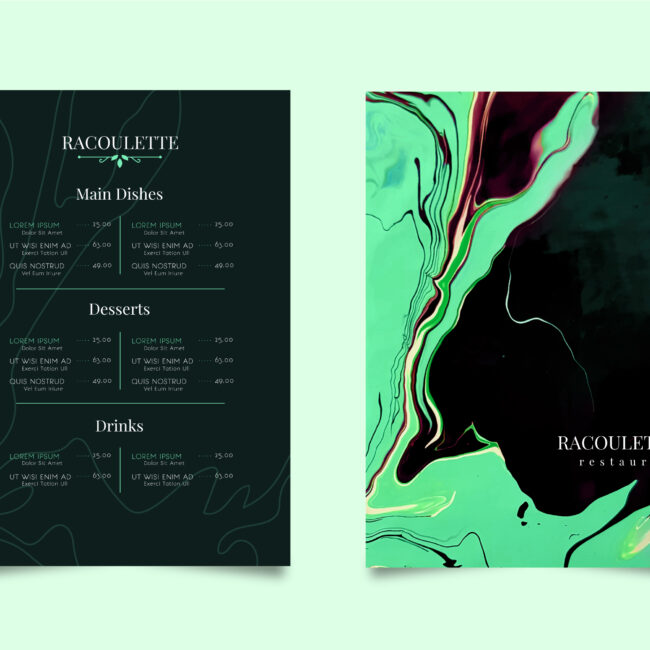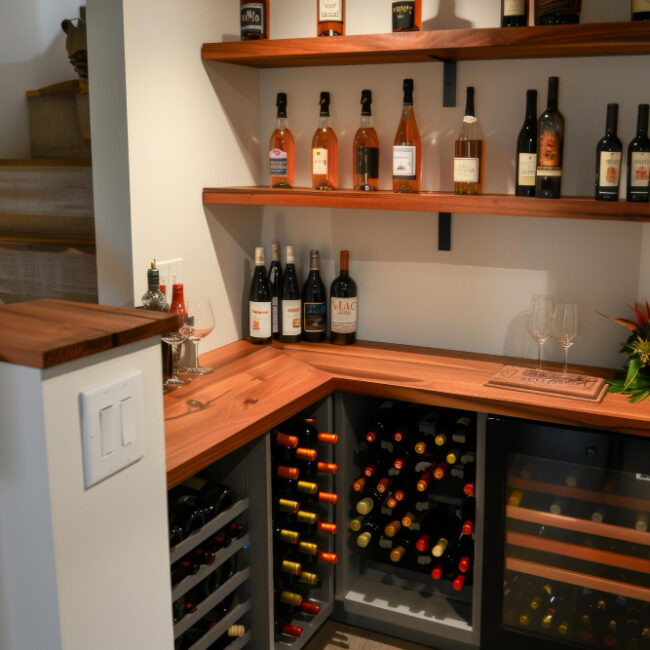They say that those who celebrate the small moments are happier. Choosing a sparkling wine with which to accompany these moments, rounds off the result.
Remember that at HG Mallorca we have a delivery service to yachts so that this Christmas you can drink a toast from the sea.
How to choose a sparkling wine?
It is said that, back in 1600, the Benedictine monk Dom Pierre Perignon, after inventing the method champenoise (probably involuntarily), he tasted the drink and exclaimed: "My God, I'm drinking the stars!
We will never know if this was true, but what we can be sure of is that sparkling wine is much more than a wine to toast with. It is a regular wine (still wine) to which carbon dioxide is added. This can be done by natural or artificial methods.
In Spain, we are not so used to drinking sparkling wine outside of celebrations and at the end of meals, except in Catalonia (where Cava comes from). However, in France it is very common to drink it at any time. This is not surprising, as Champagne, the region where it is made and from where it receives its name, is located.
So when do you drink sparkling wine? Read on, we'll get to that part soon.
Types of sparkling wine
You should know that there are many designations of origin that allow the production of these wines, of which we highlight three:
- Cava
- Champagne
- Proseco
Sparkling wines are divided by the level of residual sugar they contain. In order from the lowest to the highest sugar level per litre we find:
- Brut Nature: less than 3 g of sugar
- Extra brut: between 0 and 6 g
- Brut: less than 12 g sugar
- Extra sec: between 12 and 17 g
- Sec: between 17 and 32 g
- Semisec: between 32 and 50 g
- Sweet: more than 50 g
Sparkling wine pairing
This type of wine is perfect to cleanse the palate between courses, to taste the sweeter varieties as a dessert or to accompany different dishes.
The wine pairing works by contrast or by complementation, although we can add one more category:
- Pairing by contrast: seeks the opposite. Balance is compensated by the excesses and deficiencies of the flavours of food and drink.
- Pairing by complementation: its aim is similarity. It brings together flavours that are similar, thus enhancing the qualities of the food and drink.
- Regional pairing: combines the wines of a geographical area with the food of that region.
For choosing a sparkling wine We must bear in mind that this is a fresh drink, which will accentuate the acidic flavours and balance the sweet ones.
It goes particularly well with fatty dishes such as creamy cheeses or cured meats, as the bubbles break up the layer of fat that remains on the palate.
Be careful with preparations containing vinegar, as they do not go well with sparkling wines, nor with wine in general.
In short, and subject to variation according to consumer tastes:
- Fatty dishes: Brut Nature and Extra Brut
- Acids: Brut and Extra Sec
- Sweets: Semisec and sweet, it also combines beautifully with a pink
- Strong and spicy: sparkling wine Gran Reserva
- Aperitifs: Brut
Now that you know how to choosing a sparkling wine and how to pair it, which of the wines in our catalogue are you going to start with?





